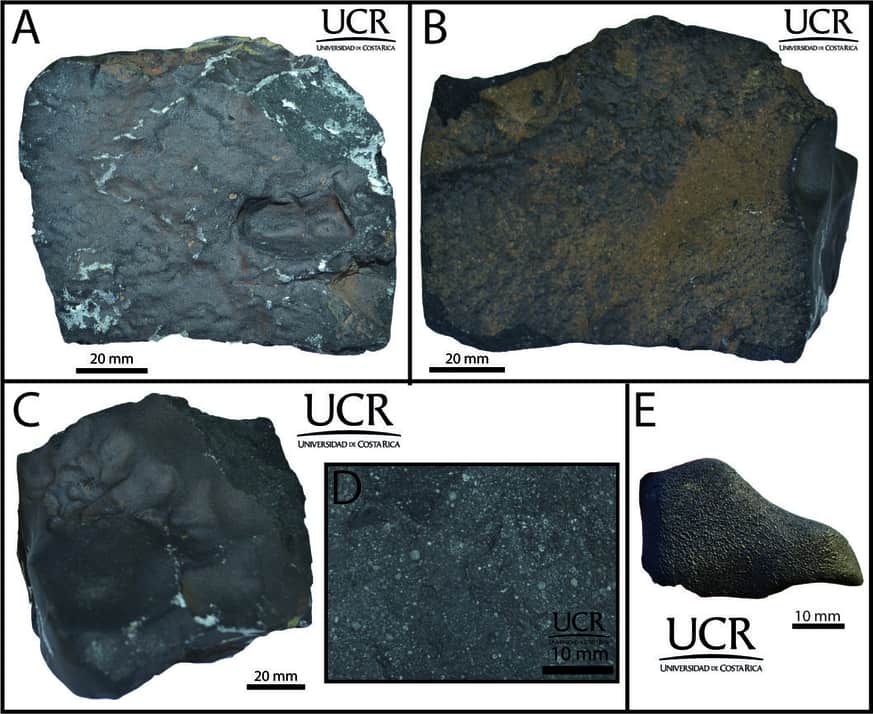An object that caused surprise when it disturbed the skies above Costa Rica with a rumble and a luminous wake turned out to be a meteorite, the University of Costa Rica (UCR) has confirmed.
The meteorite created a beam of light, known as a bolide, before impacting on April 23 in the northern town of Aguas Zarcas, according to specialists from the UCR’s Central American School of Geology.
“It is a chondritic stone meteorite, composed mainly of silicon, iron and magnesium,” the UCR said in a statement.
The so-called “Meteorito de Aguas Zarcas” has a weight of 1,071 grams in its main fragment, which was analyzed by geologists in the house in which it fell.
Numerous other fragments were distributed around the site, and many of them were recovered by neighbors in the area.
Experts estimate that the meteorite is about 4.56 billion years old, although more studies are needed to confirm its age, according to the institution.
“During the entrance to the atmosphere, the meteoroid is subjected to temperatures above 1,500 degrees Celsius, enough to melt its rocky surface, so that a glassy, melting bark is preserved,” said geologists Gerardo Soto, Óscar Lücke and Pilar Madrigal in a report of their visit to the site of the fall.
This is the first time that Costa Rican scientists have had the opportunity to observe and analyze a meteorite recovered in the country.
“The Aguas Zarcas event is an extraordinary find and of great scientific interest at a national and international level that transcends any possible economic value that may be assigned to the fragments,” the geologists said in the report.
They stressed that the finding is important “for the study of the age and composition of the Solar System, as well as to understand the genesis of particles of organic origin that later allowed the development and evolution of life on the planet.”






